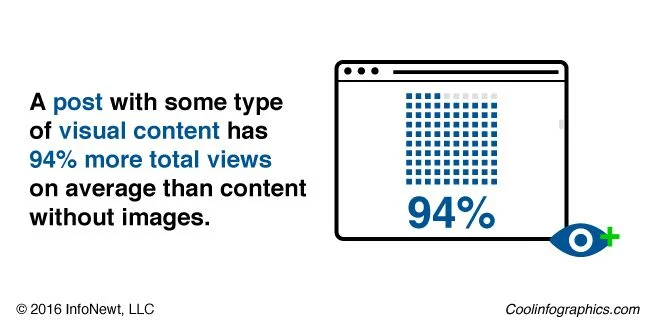14 Visual Content Marketing Statistics to Know for 2019
Online marketing with visual content continues to grow and drive tons of traffic. The team at Venngage gathered together the latest data in the 14 Visual Content Marketing Statistics to Know for 2019 infographic and built it using their own tool.
From Nadya Khoja at Venngage:
Two years ago I asked 300 different online marketers to help me figure out how they were using visual content as part of their marketing strategies in 2016 and their predictions for 2017.
This year I wanted to see if there were any changes in how marketers were creating visuals, and what kind of content engagement they were seeing.
I also asked a couple of additional questions to see how the use of various visual formats impacted their blogging strategies.
Conclusion:
The data says it all–visual content isn’t going anywhere any time soon. Not only are more brands leveraging the use for of visuals for various social media platforms, but there is a lot of added benefit when it comes to SEO and organic rankings as well, particularly in Google’s image search results.
And of course, creating engaging visual content is a surefire way to resonate with your audience and communicate your ideas more effectively.
There are a few things to unravel here:
It’s good survey data, but take it with a grain of salt. Venngage is a visual design tool, sharing data about visual content marketing.
The infographic is a fantastic format to summarize the survey results and use in social media to draw in readers to the full article.
The infographic is built using Venngage, so it’s also a great way to showcase what their design tool is capable of. In fact, clicking on the infographic gives you the opportunity to use this design as a template for designing your own infographic.
Sections 5 & 10 are disappointing visually. There are no data visualizations, just a bunch of percentage values shown in text.
I’m not a fan of the bright color scheme, and it’s visually distracting from highlighting insights in the data.
The article still references 2018 data, even though the infographic has been updated with newer data from 2019.










